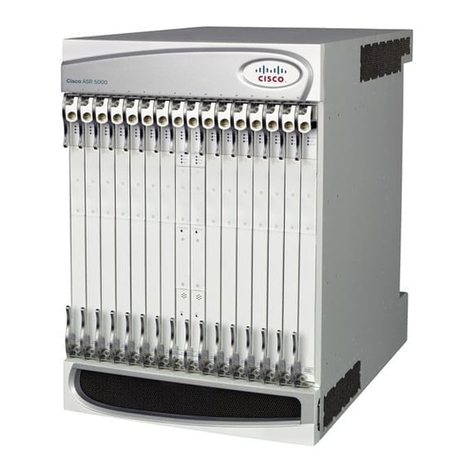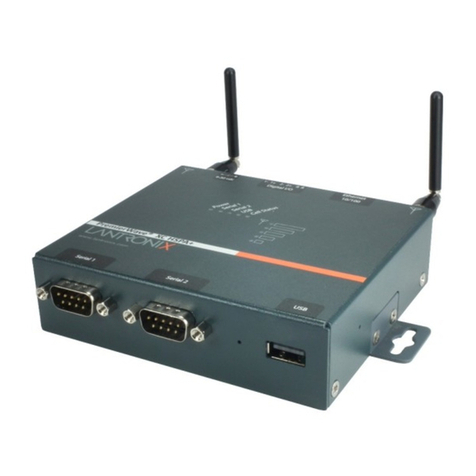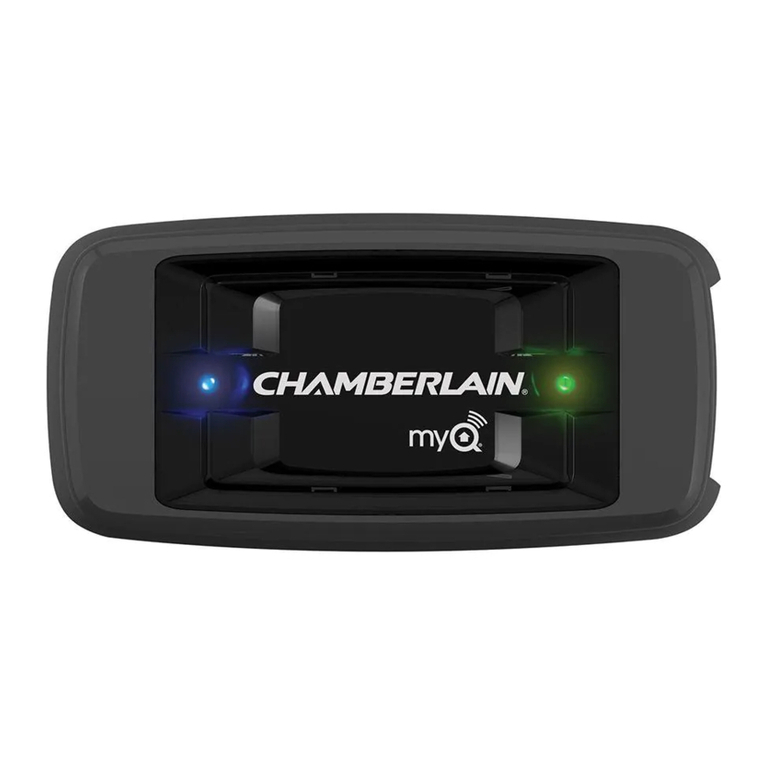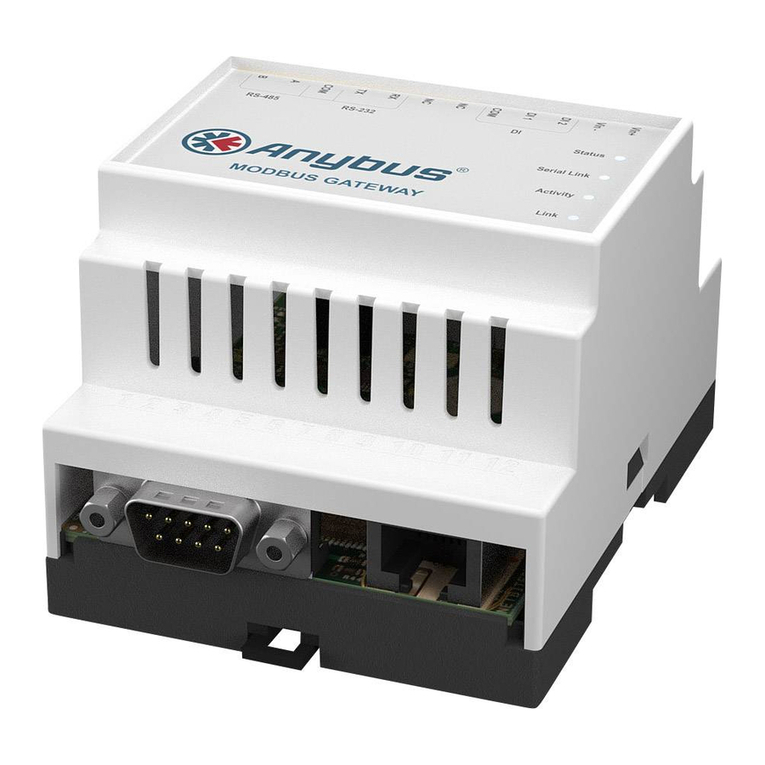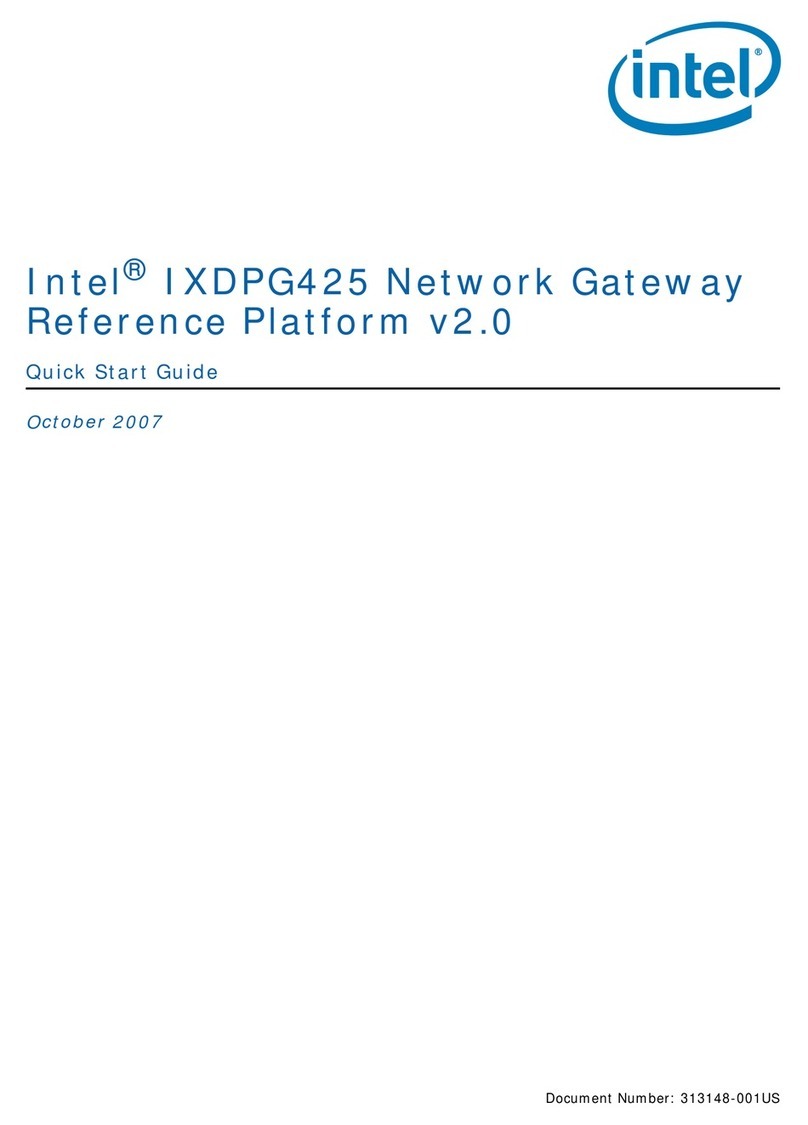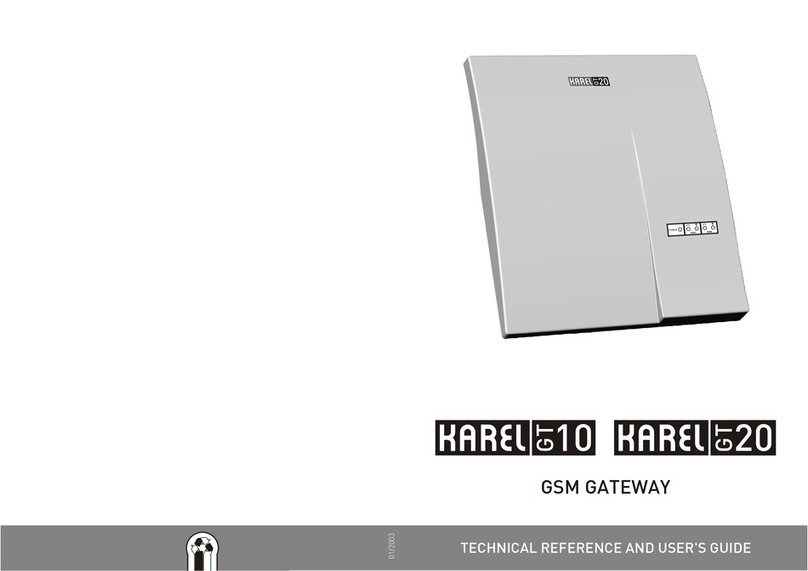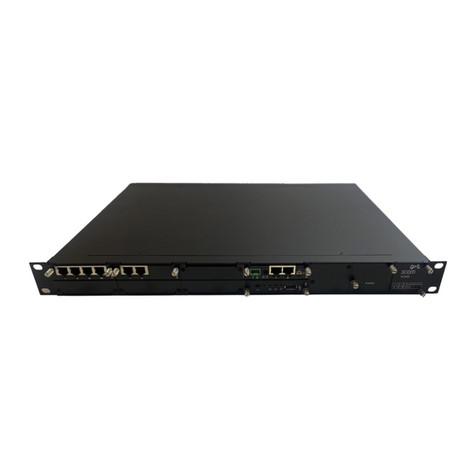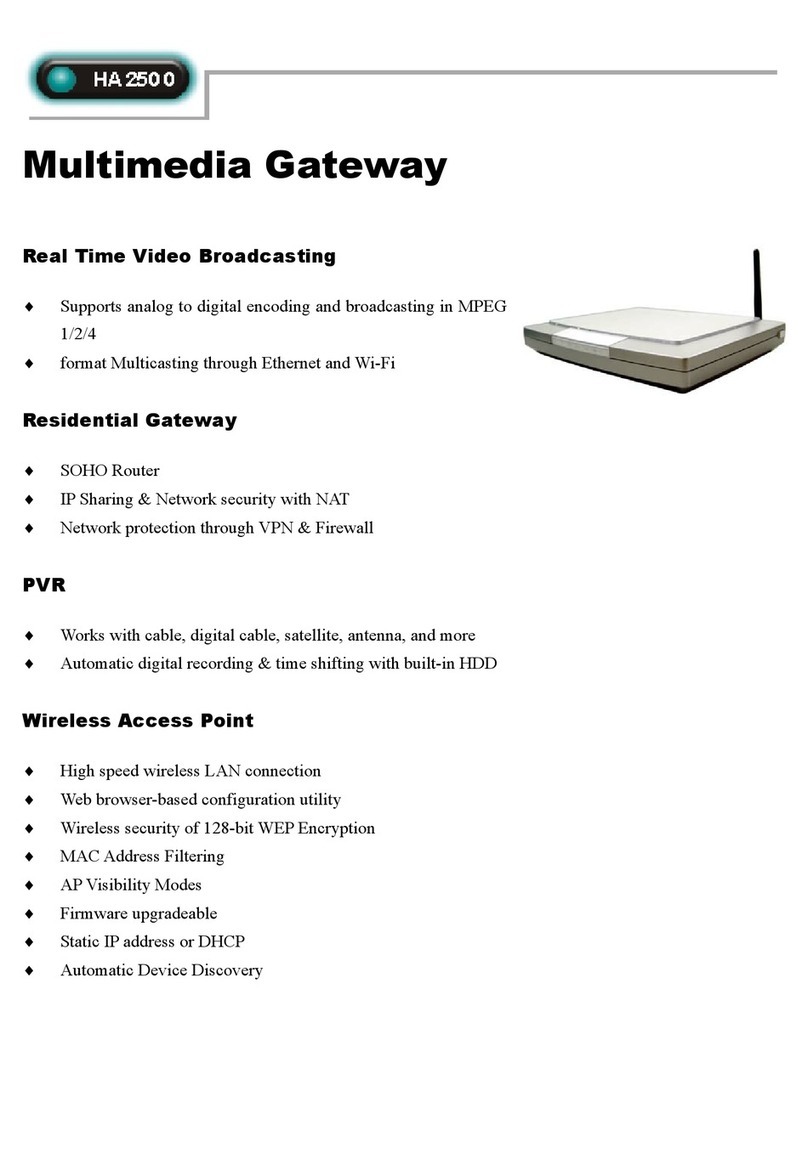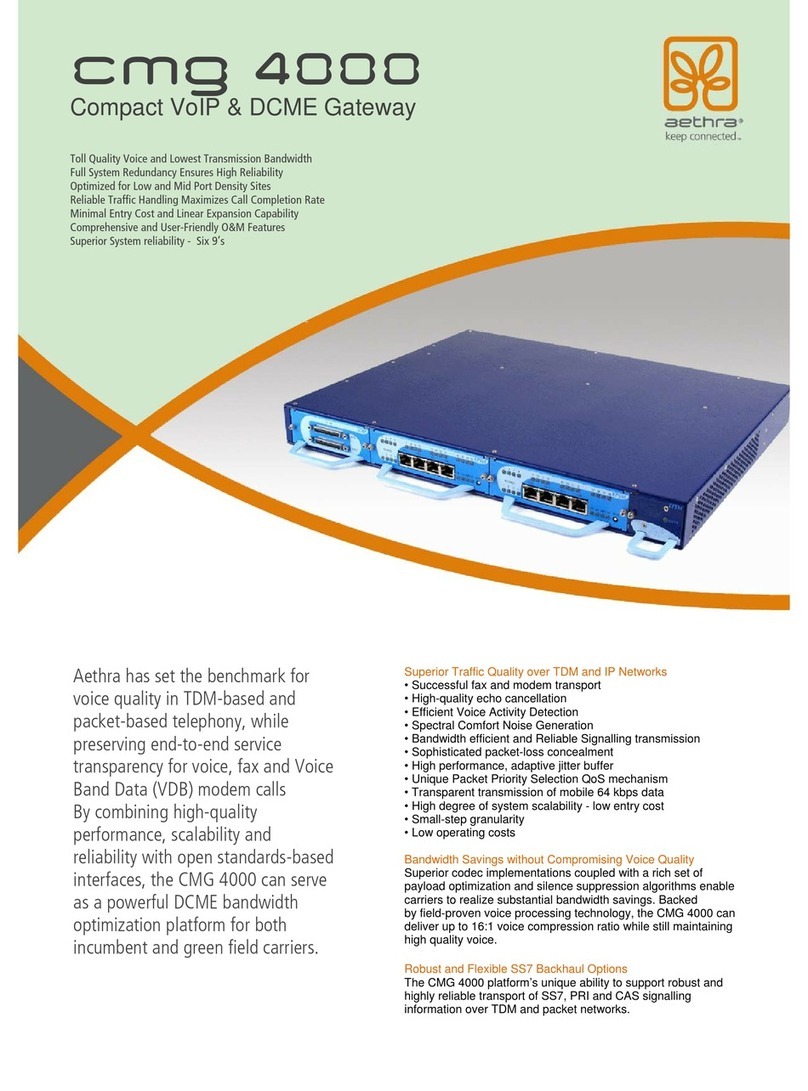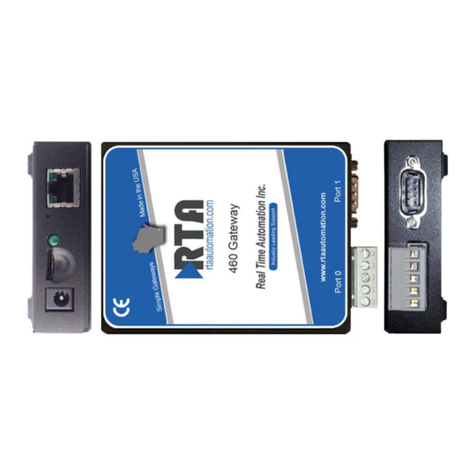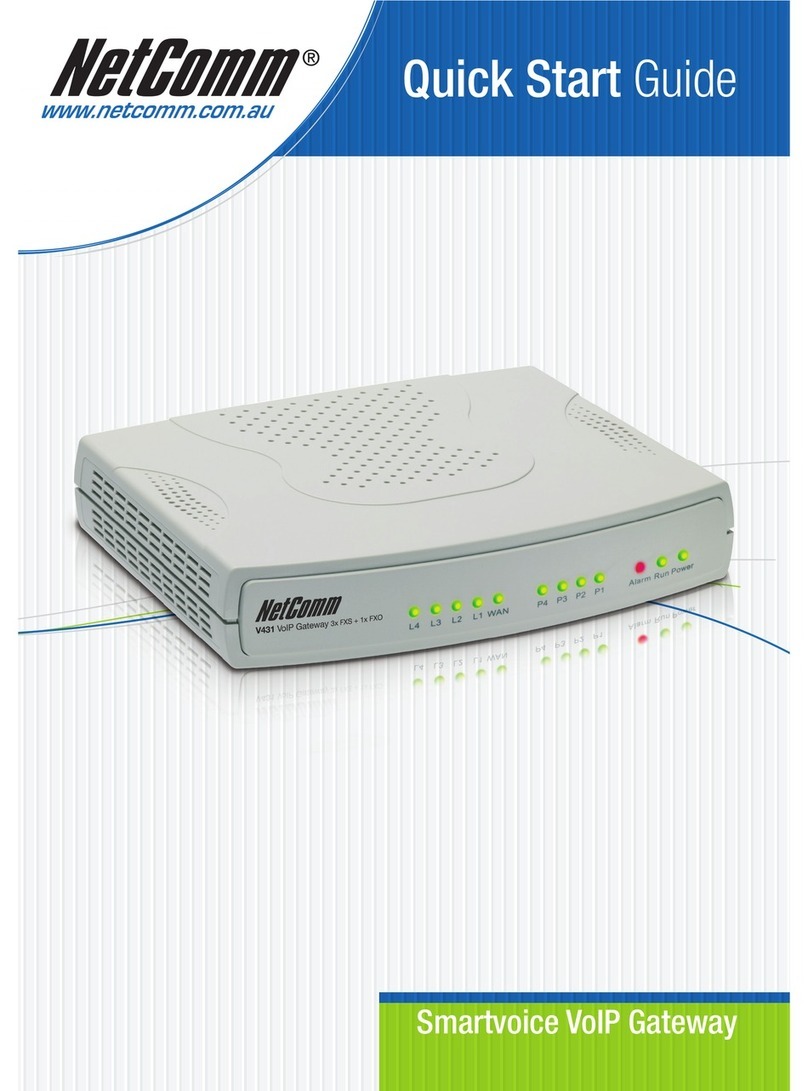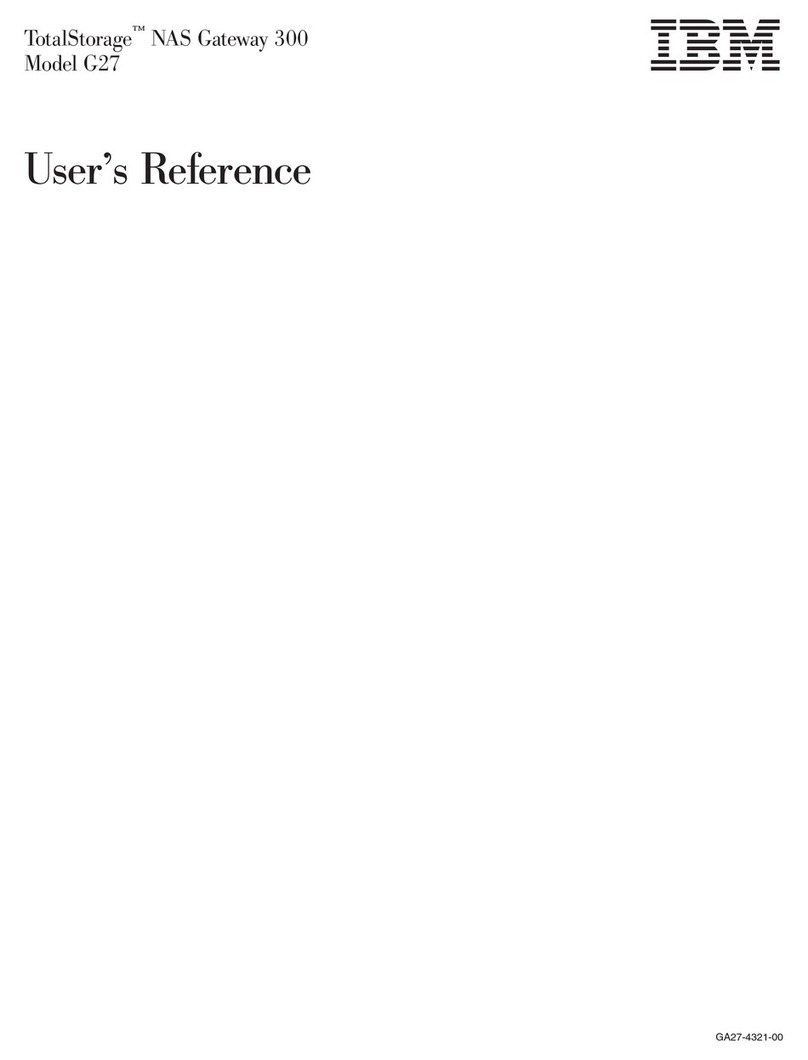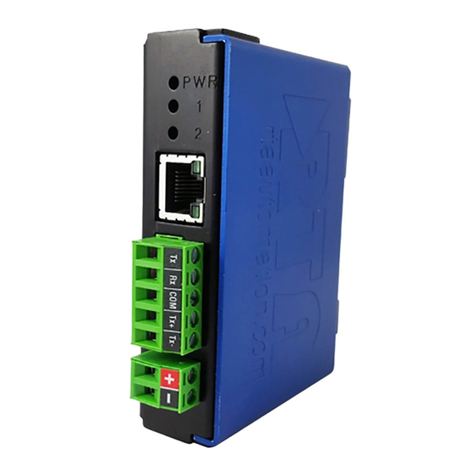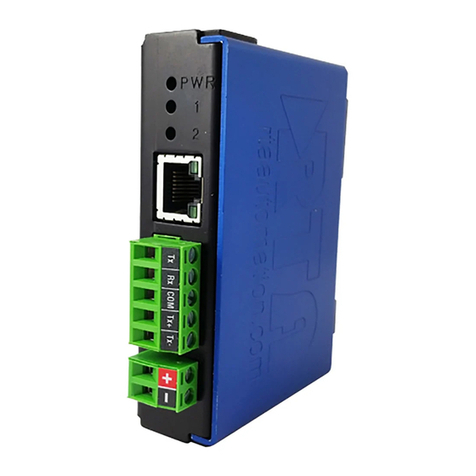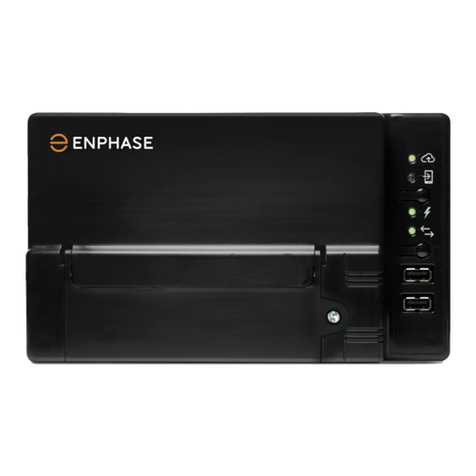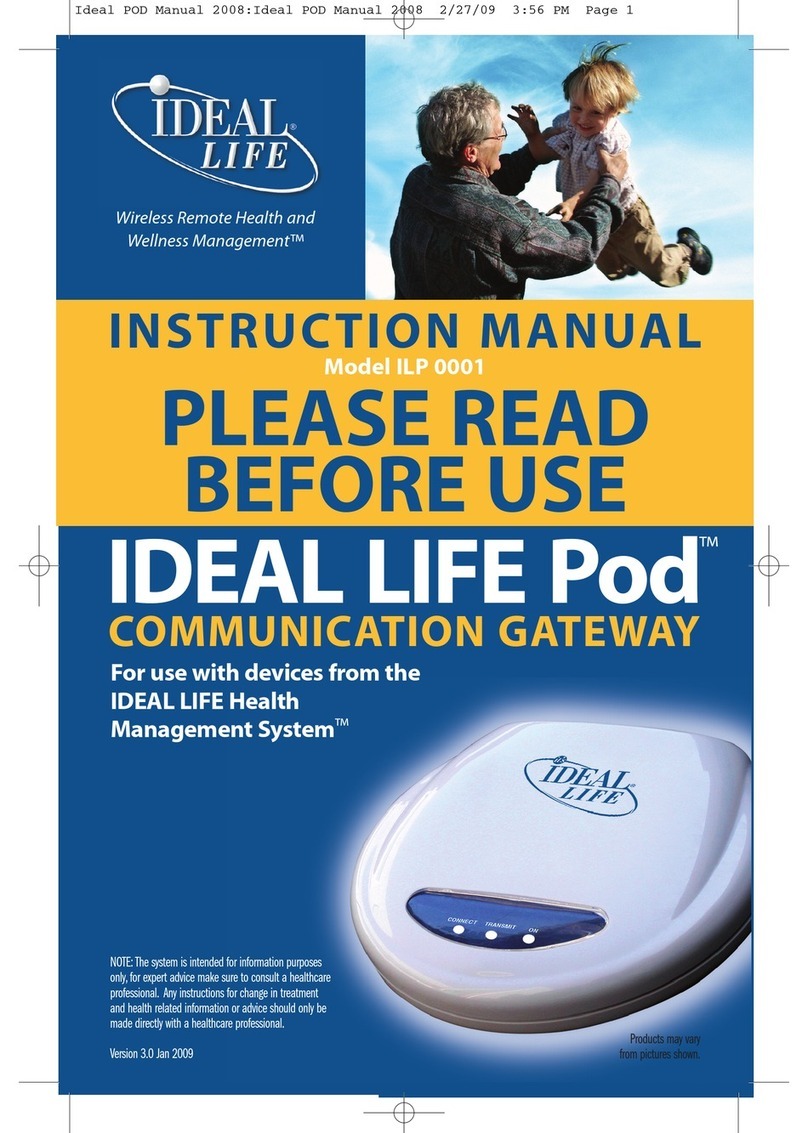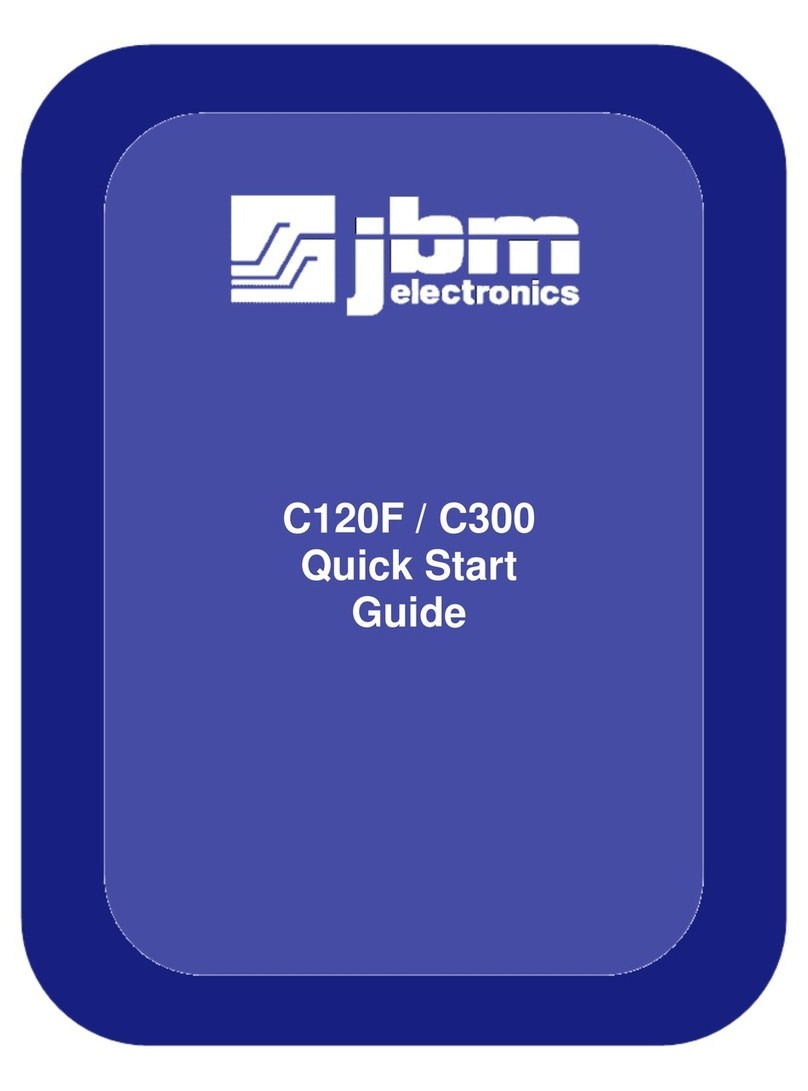MACH SYSTEMS CANFD-LIN-GW User manual

CAN FD LIN Gateway
User Manual
CHANGES
Date
Description
Created By
Review By
25.1.2021
Initial Release
VB, KH, MM
MM

CAN FD LIN Gateway - User Manual
MACH SYSTEMS s.r.o.
www.machsystems.cz
Page 2of 18
info@machsystems.cz
Contents
1 About............................................................................................................................................... 4
2 Introduction..................................................................................................................................... 4
2.1 Features................................................................................................................................... 5
3 Technical Specification.................................................................................................................... 5
4 Device Description........................................................................................................................... 7
4.1 Overview.................................................................................................................................. 7
4.2 Power...................................................................................................................................... 7
4.3 Pinout ...................................................................................................................................... 8
4.3.1 DSUB connectors............................................................................................................. 8
4.3.2 Switches........................................................................................................................... 8
4.4 CAN Bus Termination .............................................................................................................. 9
4.5 Inputs and Outputs.................................................................................................................. 9
4.6 USB .......................................................................................................................................... 9
4.7 Galvanic Isolation .................................................................................................................... 9
5 Usage............................................................................................................................................. 10
5.1 Example Project..................................................................................................................... 10
5.2 System Bootloader ................................................................................................................ 10
5.2.1 Bootloader Mode .......................................................................................................... 10
5.2.2 Firmware Download...................................................................................................... 11
5.3 In-Circuit Serial Programming ............................................................................................... 13
6 Legal Information .......................................................................................................................... 15
6.1 Usage Warning ...................................................................................................................... 15
6.2 Disposal and Recycling Information ...................................................................................... 15
6.3 Declaration of Conformity..................................................................................................... 16
6.4 Patents, Copyrights and Trademarks .................................................................................... 17
7 References..................................................................................................................................... 17
8 Ordering Information .................................................................................................................... 18
9 Contact .......................................................................................................................................... 18

CAN FD LIN Gateway - User Manual
MACH SYSTEMS s.r.o.
www.machsystems.cz
Page 3of 18
info@machsystems.cz
List of Tables
Table 1 Technical Specification ............................................................................................................... 6
Table 2 Connector 1 - Pin Assignment .................................................................................................... 8
Table 3 Connector 2 - Pin Assignment .................................................................................................... 8
Table 4 Switches...................................................................................................................................... 8
Table 5 Inputs and Outputs..................................................................................................................... 9
Table 5 Ordering Numbers.................................................................................................................... 18
List of Figures
Figure 1 CAN FD LIN Gateway ................................................................................................................. 4
Figure 2 Block Diagram............................................................................................................................ 4
Figure 3 - Product Photos........................................................................................................................ 6
Figure 4 Device Overview........................................................................................................................ 7
Figure 5 Power Options........................................................................................................................... 7
Figure 7 CAN Bus Termination ................................................................................................................ 9
Figure 7 J5 - ST-LINK SWD Connection and Pinout................................................................................ 14
Figure 8 STM32CubeIDE Debugger Configuration ................................................................................ 14

CAN FD LIN Gateway - User Manual
MACH SYSTEMS s.r.o.
www.machsystems.cz
Page 4of 18
info@machsystems.cz
1About
This document describes the use of the CAN FD LIN Gateway.
P/N: CANFD-LIN-GW
Web: https://www.machsystems.cz/en/products/embedded-networking/gateways-and-bus-
converters/canfd-lin-gateway
2Introduction
The CAN FD LIN Gateway is a freely programmable router/data-logger/simulator that features
two CAN FD channels, a LIN channel, and a RS-232 port. The interface also offers a microSD card slot
and multiple digital/analogue inputs and outputs, which makes it suitable for a broad range of use-
cases such as protocol conversion, network bridging, data logging, rest-bus simulation, and external
peripheral control and monitoring.
Firmware can be developed in C/C++ and can be transferred into the device over USB, CAN, RS-
232, or a standard ICSP SWD interface, which also offers code debugging. The device is based on a
STM32G4 Arm Cortex-M4 MCU and comes with a free-of-charge IDE, GNU C/C++ compiler, and
programming examples.
Figure 2 Block Diagram
Figure 1 CAN FD LIN Gateway

CAN FD LIN Gateway - User Manual
MACH SYSTEMS s.r.o.
www.machsystems.cz
Page 5of 18
info@machsystems.cz
The on-board EEPROM memory can store user’s application parameters, and the microSD card
slot enables the user to load or save large data sets for simulations and data-logging purposes.
The four digital outputs (PWM capable) and the two analogue/digital inputs allow for both input
and output triggering. The inputs can read 0-5 V analogue signals, and the outputs offer various output
stages (push-pull, HSD, LSD) with currents up to 1.5 A enabling to easily control relays, valves, and
other peripherals.
2.1 Features
•Two high-speed CAN channels with CAN FD support
•LIN channel
•RS-232 port
•MicroSD card slot
•4 digital outputs
•2 analogue/digital inputs
•4 status LEDs
•32-bit Arm Cortex-M4 MCU
•Freely programmable in C/C++ language
•Free-of-charge IDE and C/C++ compiler
•Programming examples available
•Firmware upload over USB, CAN, RS-232 or ICSP
•On-board 16 Kbit EEPROM
•Externally or USB-powered
•Table-top use or DIN-rail mount
3Technical Specification
Communication and Peripherals
Channels
2 CAN-HS (ISO 11898-2) with CAN FD support (ISO 11898-1:2015;
CAN 2.0A/B, ISO CAN FD)
1 LIN bus (supports both master and slave; ISO 17987; LIN 2.2a)
1 RS-232
1 Virtual COM port (USB 2.0 CDC)
Inputs
2 Analogue/digital inputs (0-5 V)
Outputs
4 Digital outputs (PWM capable)
DO1: HSD (5 V, max. 0.5 A)
DO2, DO3: push-pull (5 V, max. 0.5 A)
DO4: LSD (max. 40 V, 1.5 A)
Programming
Free-of-charge IDE and GNU C/C++ compiler (STM32CubeIDE)
Programming examples available
Firmware update
over USB, CAN, RS-232, or ICSP (ST-LINK)
Debugging
ST-LINK SWD (a programming header needed)
Non-volatile memory
Internal 16 Kbit EEPROM
External microSD card slot (a card is not part of delivery)
LEDs
3 Dual-color LED
1 Power LED

CAN FD LIN Gateway - User Manual
MACH SYSTEMS s.r.o.
www.machsystems.cz
Page 6of 18
info@machsystems.cz
Electrical
Power
External 7 - 30 V DC with polarity protection over DSUB connector
USB-powered over Micro-USB (not for LIN bus)
Consumption
100 mA @ 12 V (approx. 1 W)
Note: When no digital output (DO1-DO4) is being driven.
MCU
STM32G483 (Arm® 32-bit Cortex®-M4) with DSP and FPU;
170 MHz, 512 KB Flash, 128 KB SRAM
Transceivers
CAN-FD: MCP2562FD
LIN: MCP2003B
Mechanical
Connectors
1 D-SUB9M
1 D-SUB9F
1 MicroSD slot
1 Micro-USB
Buttons and switches
2 DIP switches
1 Tactile switch
Dimensions (L x W x H)
108 x 54 x 30 mm
Weight
85 g
Operating temperature
-20 to 70 °C
Protection
IP20
Placement
Table (adhesive pads included)
DIN-rail mount (clip sold separately)
Table 1 Technical Specification
Figure 3 - Product Photos

CAN FD LIN Gateway - User Manual
MACH SYSTEMS s.r.o.
www.machsystems.cz
Page 7of 18
info@machsystems.cz
4Device Description
4.1 Overview
The converter has four connectors, four LEDs, two DIP switches, MicroSD card slot and a reset
button.
Figure 4 Device Overview
4.2 Power
The gateway can be powered externally via a DSUB connector or via a micro-USB connector.
LIN bus needs the external power. All Ground signals are connected.
When the external power is connected, the power from USB gets internally disconnected by a
MOSFET transistor. Thus, no power will be drawn from USB.
Figure 5 Power Options

CAN FD LIN Gateway - User Manual
MACH SYSTEMS s.r.o.
www.machsystems.cz
Page 8of 18
info@machsystems.cz
4.3 Pinout
4.3.1 DSUB connectors
CN1 (DSUB9M)
Pin
Name
Note
Front view
1
DO1
5 V HSD
2
CAN1_L
3
Gnd
4
LIN1
5
Gnd
6
AI1 / DI1
0-5 V
7
CAN1_H
8
DO2
5V push-pull
9
Vin / Vbat
Power input, also used for LIN bus
Table 2 Connector 1 - Pin Assignment
CN2 (DSUB9F)
Pin
Name
Note
Front view
1
DO3
5V push-pull
2
CAN2_L
3
Gnd
4
RS-232 RxD
In
5
Gnd
6
DO4
LSD
7
CAN2_H
8
RS-232 TxD
Out
9
AI2 / DI2
0-5 V
Table 3 Connector 2 - Pin Assignment
4.3.2 Switches
DIP1, DIP2, and SW1 can be used in a user’s application. The SW1 button can be pressed by
tweezers or a pencil.
As of HW version 1.4, SW1 can be used to enter the system bootloader (see 5.2).
HW version prior up to 1.3 (incl.): SW1 is connected to PC13
HW version as of 1.4: SW1 is connected to PB8
DIP switches and SW1
Side view
Table 4 Switches

CAN FD LIN Gateway - User Manual
MACH SYSTEMS s.r.o.
www.machsystems.cz
Page 9of 18
info@machsystems.cz
4.4 CAN Bus Termination
There are no internal termination resistors on either CAN channel inside the device. Therefore,
a proper termination of the CAN bus is needed, and the user has to make sure the CAN bus is properly
terminated at both ends.
Figure 6 CAN Bus Termination
4.5 Inputs and Outputs
The device features two analogue/digital inputs and four digital outputs (PWM capable).
Signal
Direction
Function
Range
Note
AI1
Input
Analogue / Digital Input
0 - 5 V
AI2
Input
Analogue / Digital Input
0 - 5 V
DO1
Output
HSD Output
5 V, max. 0.5 A
PWM capable
DO2
Output
Push-pull Digital Output
5 V, max. 0.5 A
PWM capable
DO3
Output
Push-pull Digital Output
5 V, max. 0.5 A
PWM capable
DO4
Output
LSD Output
max. 40 V, 1.5 A
PWM capable
Table 5 Inputs and Outputs
A load connected to a digital output pins DO1-DO3 may draw significant current. In case digital outputs
are used in a user application, it is strongly suggested to power the device from an external power
supply and not over USB. Otherwise, USB power limits might be exceeded.
4.6 USB
Micro-USB connector uses the standard pinout, and can be used for firmware upload or in
application as a virtual COM port.
4.7 Galvanic Isolation
The device does not have any galvanic isolation. The user has to make sure there are no ground loop
in his setup.

CAN FD LIN Gateway - User Manual
MACH SYSTEMS s.r.o.
www.machsystems.cz
Page 10 of 18
info@machsystems.cz
5Usage
The device’s firmware can be fully developed by the user, and the user has a full control over
the device’s peripherals.
The device can be used as CAN FD to CAN bridge, CAN to LIN gateway, CAN/LIN to RS-232, data
logger, ECU simulator, communication simulator or for remote monitoring inputs and remote control
of outputs.
The user can make use of the system bootloader which allows for firmware programming over
USB and RS-232. For flashing over CAN bus, please refer to [1].
5.1 Example Project
Example STM32CubeIDE project in C language is available free-of-charge. Please refer to [2].
The corresponding .ioc file for STM32CubeMx is also available from there.
This example project enters the system bootloader when this CAN message is received over
either CAN channel (see 5.2.1 ):
Baud Rate = 500K
CAN Id = 0x1FFFFFFF (Ext. Id)
DLC=4
Data Bytes = 0x00 0x01 0x02 0x03
It is also strongly suggested to keep similar logic to enter the system bootloader
programmatically.
5.2 System Bootloader
The STM32G4 MCU contains a system bootloader which is pre-programmed in ROM during
manufacture. The system bootloader supports USB and RS-232, it does not support flashing over CAN
bus. If the possibility to upload a firmware over CAN bus is needed, the OpenBLT bootloader described
in [3] can be used.
It should be noted that when the device enters the system bootloader whilst USB is connected, the
device can then be flashed over USB only. If the user wants to flash the device over RS-232, he has to
either power the device over external power pins (see Option 1 in 4.2) or he has to make sure USB
data lines are not connected. This is the limitation of the system bootloader.
5.2.1 Bootloader Mode
There are two ways to enter the system bootloader:
A. Programmatically from application
The user can call jumpToBootloader() function whenever he wants to enter the
system bootloader. Do not to call the function directly from an interrupt routine.
It is suggested to enable at least one way to programmatically enter the system
bootloader.
An example how to call from CAN RX interrupt (taken from source code example in
Chapter 5.1):
/* It is strongly suggested to keep the possibility to
jump to System Booloader from application */

CAN FD LIN Gateway - User Manual
MACH SYSTEMS s.r.o.
www.machsystems.cz
Page 11 of 18
info@machsystems.cz
if (RxHeader.Identifier==0x1fffffff && datalen == 4
&& RxData[0] == 0 && RxData[1] == 1 && RxData[2] == 2 &&
RxData[3] == 3)
{
/* Cannot go to bootloader directly from ISR */
bootloaderRequest = 1;
return;
}
In main while loop:
if (bootloaderRequest)
jumpToBootloader();
B. By hardware
For hardware versions lower than v1.3 (incl.), it is necessary to open the enclosure in
order to access the boot-enable pads located on the top layer of the PCB:
•Disconnect the USB and the external power supply
•Open the enclosure
•Short the boot pads together (a pair of tweezers can be used)
•Connect the power supply - either USB or external
•The device will enter the system bootloader
•Release the boot pads
•Firmware can be flashed as described in 5.2.2
•Close the enclosure
For hardware versions as of v1.4, SW1 switch can be used to enter the system
bootloader on power-up:
•Disconnect the USB and the external power supply
•Press and hold SW1
•Connect the power supply - either USB or external
•The device will enter the system bootloader
•Release SW1
•Firmware can be flashed as described in 5.2.2
5.2.2 Firmware Download
The STM32CubeProgrammer application can be used for flashing firmware over the system
bootloader. The application is available from [4].
Note: If the device is powered over USB, the system bootloader allows flashing over USB only. In case
it is desired to flash the device over, say, RS-232, the external power has to be supplied to the device
and the USB shall remain disconnected.
Steps for uploading a firmware:
1. Open STM32CubeProgrammer application (see download link above)
2. Turn the device off
3. Enter the system bootloader as described in 5.2.1
4. Connect one of the following ports to the PC:
a. Micro USB cable (this also powers the device)

CAN FD LIN Gateway - User Manual
MACH SYSTEMS s.r.o.
www.machsystems.cz
Page 12 of 18
info@machsystems.cz
b. UART (using USB to TTL UART converter) to the debug header X2
c. RS-232 over pins 4, 8 and 5 (RxD, TxD and Gnd, respectively)
5. Further, the steps are very similar for all the ports. In the STM32CubeProgrammer:
a. Click on the refresh arrows button to see available ports
b. Select the interface (USB or UART)
c. Select the correct port
d. You do not have to change the UART settings provided that the baud rate is lower or
equal to 115200. Procedure of connecting to the USB is almost identical.
e. Click connect. You will see screen similar to this one.

CAN FD LIN Gateway - User Manual
MACH SYSTEMS s.r.o.
www.machsystems.cz
Page 13 of 18
info@machsystems.cz
6. If everything went well, you are now connected to the bootloader. You can read/write
memory, load hex files and edit Option Bytes. You cannot view MCU core window and Serial
view window; this is possible only when debugging with connected ST-LINK.
7. In order to flash a new firmware, open an .elf file by „Open file“ button and press
„Download“ button. A .hex file can be used also but the Address of 0x8000000 has to be
chosen manually.
If you want to exit the bootloader, you must restart the device.
5.3 In-Circuit Serial Programming
The ST’s ST-LINK SWD connection can be used for both programming and debugging the code directly
on the device. The device’s enclosure will have to be open in order to access ICSP pads.
The SWD signals are available over J5 as depicted in Figure 7.

CAN FD LIN Gateway - User Manual
MACH SYSTEMS s.r.o.
www.machsystems.cz
Page 14 of 18
info@machsystems.cz
Figure 7 J5 - ST-LINK SWD Connection and Pinout
An ST-LINK v2 or v3 debugger and a TagConnect TC2030-NL header [1] is needed.
p/n: TC2030-CTX-NL-STDC14
Please make sure SWD Interface is selected in STM32CubeIDE project configuration as shown in
Figure 8.
Figure 8 STM32CubeIDE Debugger Configuration

CAN FD LIN Gateway - User Manual
MACH SYSTEMS s.r.o.
www.machsystems.cz
Page 15 of 18
info@machsystems.cz
6Legal Information
6.1 Usage Warning
WARNING FOR ALL USERS
WARNING! - YOUR USE OF THIS DEVICE MUST BE DONE WITH CAUTION AND A FULL UNDERSTANDING OF THE RISKS!
THIS WARNING IS PRESENTED TO INFORM YOU THAT THE OPERATION OF THIS DEVICE MAY BE DANGEROUS. YOUR ACTIONS
CAN INFLUENCE THE BEHAVIOR OF A DISTRIBUTED EMBEDDED SYSTEM, AND DEPENDING ON THE APPLICATION, THE
CONSEQUENCES OF YOUR IMPROPER ACTIONS COULD CAUSE SERIOUS OPERATIONAL MALFUNCTION, LOSS OF
INFORMATION, DAMAGE TO EQUIPMENT, AND PHYSICAL INJURY TO YOURSELF AND OTHERS. A POTENTIALLY HAZARDOUS
OPERATING CONDITION IS PRESENT WHEN THE FOLLOWING TWO CONDITIONS ARE CONCURRENTLY TRUE: THE PRODUCT IS
PHYSICALLY INTERCONNECTED TO A REAL DISTRIBUTED EMBEDDED SYSTEM; AND THE FUNCTIONS AND OPERATIONS OF THE
REAL DISTRIBUTED EMBEDDED SYSTEM ARE CONTROLLABLE OR INFLUENCED BY THE USE OF THE CAN NETWORK. A
POTENTIALLY HAZARDOUS OPERATING CONDITION MAY RESULT FROM THE ACTIVITY OR NON-ACTIVITY OF SOME
DISTRIBUTED EMBEDDED SYSTEM FUNCTIONS AND OPERATIONS, WHICH MAY RESULT IN SERIOUS PHYSICAL HARM OR
DEATH OR CAUSE DAMAGE TO EQUIPMENT, DEVICES, OR THE SURROUNDING ENVIRONMENT.
WITH THIS DEVICE, YOU MAY POTENTIALLY:
•CAUSE A CHANGE IN THE OPERATION OF THE SYSTEM, MODULE, DEVICE, CIRCUIT, OR OUTPUT.
•TURN ON OR ACTIVATE A MODULE, DEVICE, CIRCUIT, OUTPUT, OR FUNCTION.
•TURN OFF OR DEACTIVATE A MODULE, DEVICE, CIRCUIT, OUTPUT, OR FUNCTION.
•INHIBIT, TURN OFF, OR DEACTIVATE NORMAL OPERATION.
•MODIFY THE BEHAVIOR OF A DISTRIBUTED PRODUCT.
•ACTIVATE AN UNINTENDED OPERATION.
•PLACE THE SYSTEM, MODULE, DEVICE, CIRCUIT, OR OUTPUT INTO AN UNINTENDED MODE.
ONLY THOSE PERSONS WHO:
(A) ARE PROPERLY TRAINED AND QUALIFIED WITH RESPECT TO THE USE OF THE DEVICE,
(B) UNDERSTAND THE WARNINGS ABOVE, AND
(C) UNDERSTAND HOW THIS DEVICE INTERACTS WITH AND IMPACTS THE FUNCTION
AND SAFETY OF OTHER PRODUCTS IN A DISTRIBUTED SYSTEM AND THE APPLICATION FOR WHICH THIS DEVICE WILL BE
APPLIED, MAY USE THE DEVICE.
PLEASE NOTE THAT YOU CAN INTEGRATE THIS PRODUCT AS A SUBSYSTEM INTO HIGHER-LEVEL SYSTEMS. IN CASE YOU DO
SO, MACH SYSTEMS s.r.o. HEREBY DECLARES THAT MACH SYSTEMS s.r.o.’s WARRANTY SHALL BE LIMITED TO THE
CORRECTION OF DEFECTS, AND MACH SYSTEMS s.r.o. HEREBY EXPRESSLY DISCLAIMS ANY LIABILITY OVER AND ABOVE THE
REFUNDING OF THE PRICE PAID FOR THIS DEVICE, SINCE MACH SYSTEMS s.r.o. DOES NOT HAVE ANY INFLUENCE ON THE
IMPLEMENTATIONS OF THE HIGHER-LEVEL SYSTEM, WHICH MAY BE DEFECTIVE.
6.2 Disposal and Recycling Information
When this product reaches its end of life, please dispose of it according to your local
environmental laws and guidelines.

CAN FD LIN Gateway - User Manual
MACH SYSTEMS s.r.o.
www.machsystems.cz
Page 17 of 18
info@machsystems.cz
6.4 Patents, Copyrights and Trademarks
All trademarks are the property of their respective owner. Windows is a registered trademark of
Microsoft Corporation in the United States and other countries.
Adobe, the Adobe logo, and Reader are either registered trademarks or trademarks of Adobe Systems
Incorporated in the United States and/or other countries.
Arm is a registered trademark of Arm Limited (or its subsidiaries) in the US and/or elsewhere.
Kvaser is a registered trademark of Kvaser AB in Sweden and other countries.
7References
[1]
„TagConnect TC2030-IDC-NL,“ [Online]. Available: https://www.tag-
connect.com/product/tc2030-ctx-nl-stdc14-for-use-with-stm32-processors-with-stlink-v3.
[2]
„CAN FD LIN Gateway Github Repository,“ [Online]. Available: https://github.com/mach-
systems/CANFD-LIN-Gateway.
[3]
„CAN FD LIN Gateway - CAN Bootloader Application Note,“ [Online]. Available:
https://www.machsystems.cz/wp-content/uploads/2021/01/CAN-FD-LIN-Gateway-CAN-
Bootloader-AN.pdf.
[4]
„STM32CubeProgrammer Web Site,“ [Online]. Available: https://www.st.com/en/development-
tools/stm32cubeprog.html.

CAN FD LIN Gateway - User Manual
MACH SYSTEMS s.r.o.
www.machsystems.cz
Page 18 of 18
info@machsystems.cz
8Ordering Information
Product Number
Description
CANFD-LIN-GW
CAN FD LIN Gateway
DIN-CLIP
Clip for mounting on a DIN rail
Table 6 Ordering Numbers
9Contact
MACH SYSTEMS s.r.o.
www.machsystems.cz
Czech Republic
Company registration: 29413893
EU VAT number: CZ29413893
Table of contents

